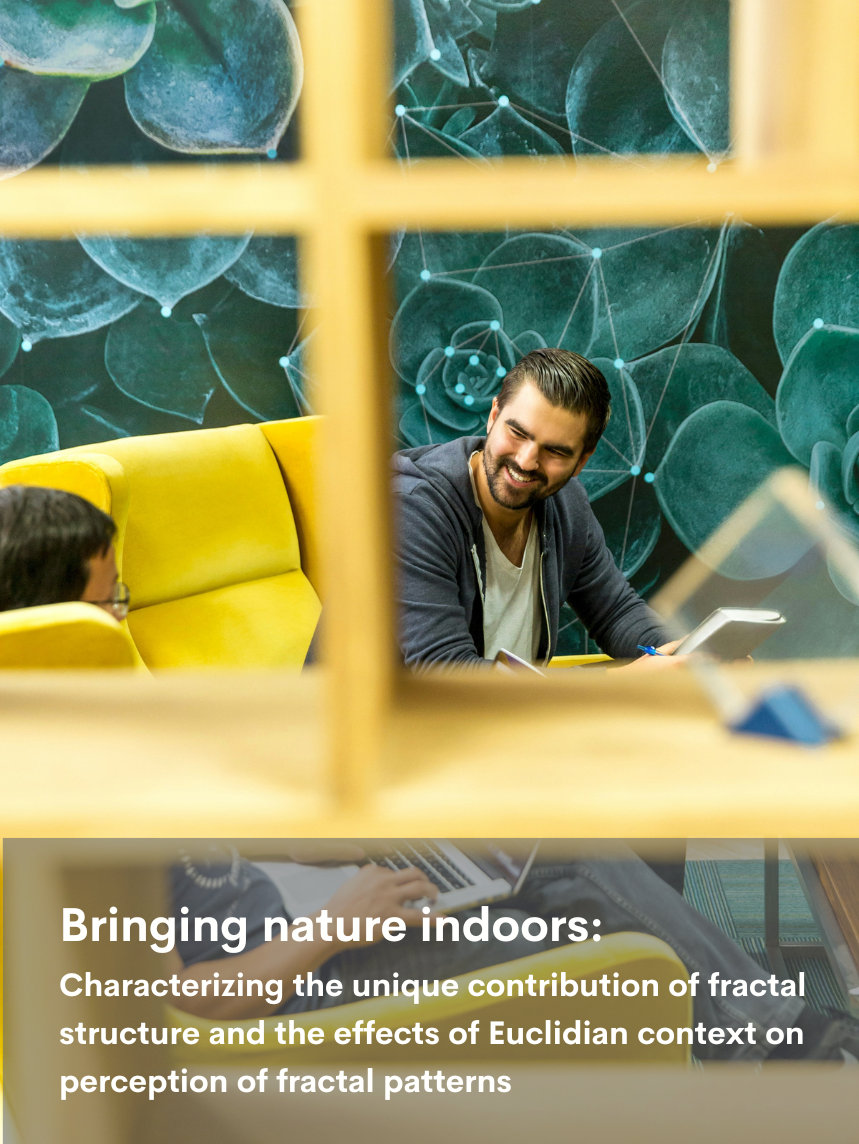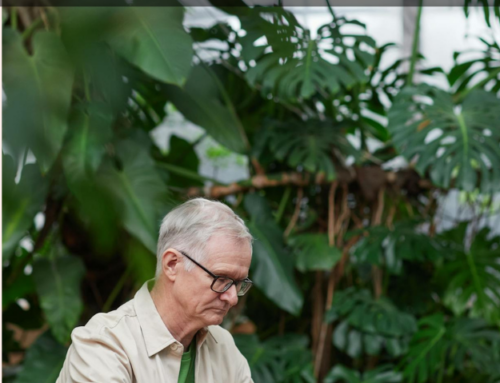Bringing Nature Indoors

Imbuing the benefits of natural design into humanmade spaces, installations of fractal patterns have been employed to shape occupant experience. Previous work has demonstrated consistent trends for fractal judgments in the presence of design elements. The current study identifies the extent to which underlying pattern structure and perceptions of pattern complexity drive viewer judgments, and how response trends are altered with the incorporation of Euclidean context reminiscent of indoor spaces. This series of studies first establishes that pattern appeal, interest, naturalness, and relaxation have a fundamentally inverse relationship with perceptions of pattern complexity and that the presence of fractal structure contributes uniquely and positively to pattern perception. Subsequently, the addition of Euclidean structure establishes a discrete pattern boundary that alters fractal perceptions of interest and excitement but not the remaining judgments. The presence of consistent subpopulations, particularly those that contradict overarching perceptual trends is supported across studies, and further emphasizes the importance of adjusting pattern selection to consider the greatest number of possible viewers. Through informed pattern selection, designs can be installed to maximize desired experience of a space while minimizing negative impressions bound to arise in a minority of occupants. This set of studies demonstrates that through control of perceived pattern complexity and whether an emphasis is placed on pattern boundaries, fractal patterns can serve to establish predictable experiences of humanmade spaces in order to inject the benefits of nature into manufactured environments.





